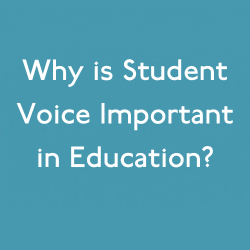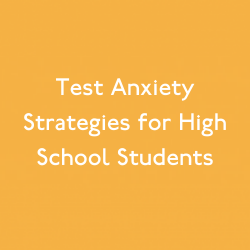More than 6.8 million students nationwide miss three or more weeks of school per year. Absences add up quickly–whether a student misses three weeks at once or just two days per month, they miss 10% of the school year. Students who miss this much school are identified as “chronically absent,” and research shows that chronic absenteeism is a primary indicator of educational outcomes.
Missing just 10 percent or more of school–whether absences are excused, unexcused, or due to suspension–predicts lower levels of numeracy and literacy by third grade, class failure in middle school, higher levels of suspension, higher likelihood of high school dropout, and lower levels of persistence in college.
Children in under resourced communities are four times more likely than their more affluent peers to be chronically absent and miss key lessons early on in their academic careers. For these students, the stakes are quite high. Missing key lessons at a young age makes it more difficult to succeed in high school and beyond. In elementary school and middle school, school curriculum is largely skills-based. By high school, curriculum becomes more content-based, and chronically absent students often lack the skills necessary to grasp high level content. The academic impact of absenteeism is greatest for children living in poverty, because their families typically have less access to resources to make up for the lost school learning opportunities.
So what can we do to help ensure that students miss as little class time as possible? Engaging families and including them in education is one of the best ways to elevate attendance. Read on for tips on how to engage families, and other ways to help boost attendance in your classroom!
Develop a plan for recording and tracking attendance data, and use that data to inform conversations and interventions.
To gather meaningful attendance data that will help inform parent conversations and student interventions, you must start the school year with a plan for recording and analyzing attendance data. Always aim for specificity and consistency – record absences, latenesses, and arrival times. When you record arrival times, you can show students and their parents exactly how much class time they missed. Students may not realize how much class time they are missing, and parents may not know that they’re missing class at all, but arriving 5-10 minutes late each day adds up!
Send a welcome message to open the lines of communication.
Sending a welcome message to parents and families is a quick and easy way to start the school year on a good note. Parents want to hear from you, and sending a welcome message shows that you want to work with them to make the school year a success. Let them know that you have a plan for documenting attendance and communicating with them when their students are not in class. Engagement is a two-way street, so it’s also important to set the tone that you’re not just sending messages, but that you want parents to write back. Make sure parents know exactly how they can get in touch with you and respond to them in a timely, respectful fashion.
Make positive reinforcement a habit.
Make positive communication a priority this school year. Recognizing and acknowledging good attendance, positive behavior, and academic achievements motivates students to continue those behaviors and motivates parents to keep encouraging their kids to attend and achieve. Sometimes, a simple shout-out or compliment can change a student’s entire attitude about school. For every phone call about poor attendance, course failure, or negative behavior, try to make a phone call to let a parent know that their student is doing well.
This article was contributed by Kinvolved. KiNVO, Kinvolved’s mobile and web app, enables K-12 school staff to access informative attendance data and to engage families through real-time, translated text messaging. Teachers and administrators can use the app to track period and daily attendance, send real-time SMS/email alerts to families, and record lost instructional minutes. KiNVO provides data that helps users identify chronically and frequently absent students right away, which will enable teachers and administrators to engage their parents from the start and ensure that they are present at school as much as possible.
Additionally, Kinvolved offers Summits, which align key community stakeholders around common goals and strategies to fight chronic absence,as well as Culture and Community Coaching for school and district teams to support the implementation of research-backed attendance improvement strategies. Kinvolved looks forward to further exploring the ways in which utilizing data can help improve student outcomes at their upcoming Data Driven Leadership Summit, co-sponsored by Move This World.
Sign up for Move This World’s newsletter to stay up to date on social emotional learning.
Enter your email below!










